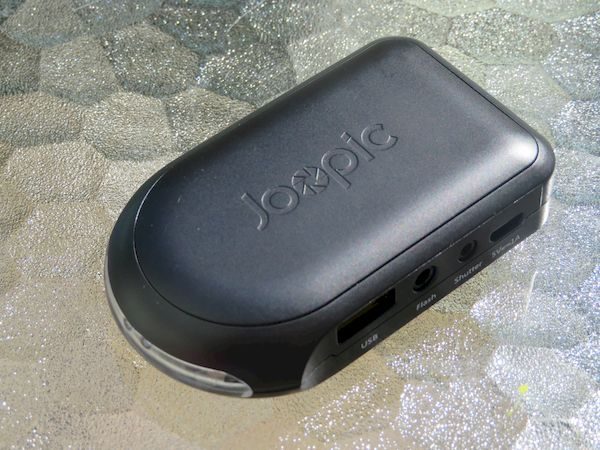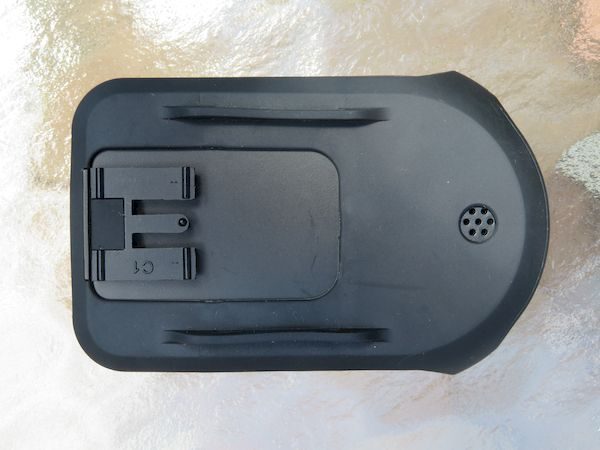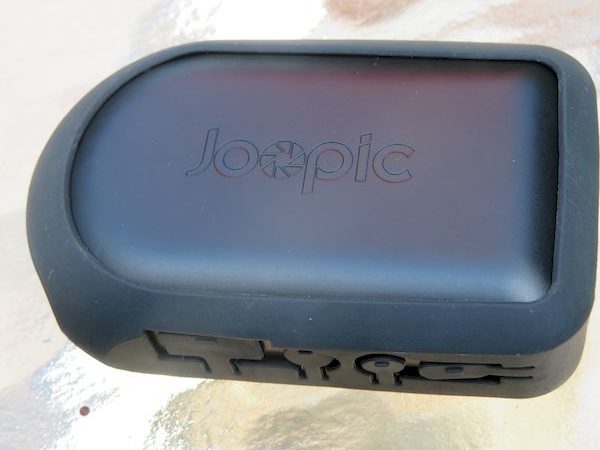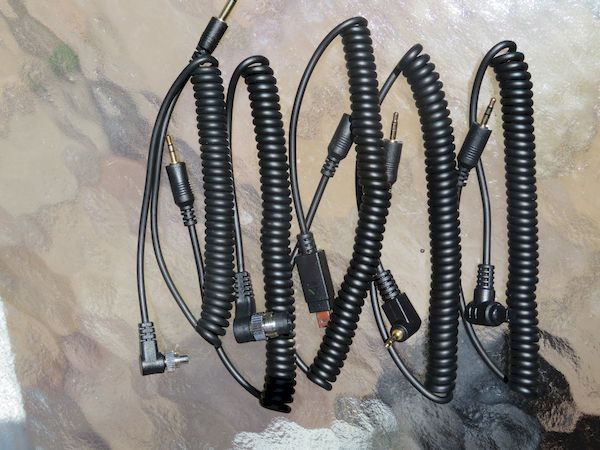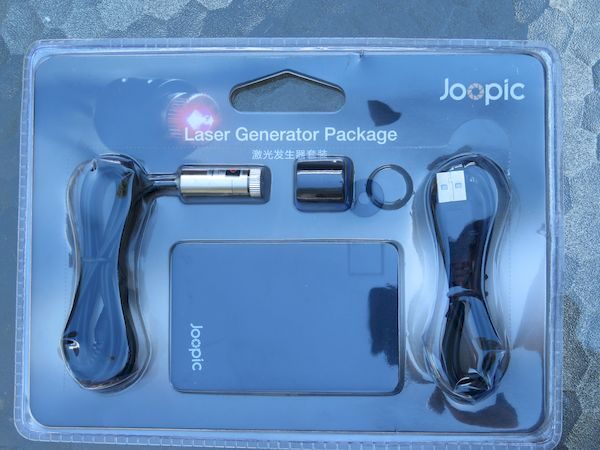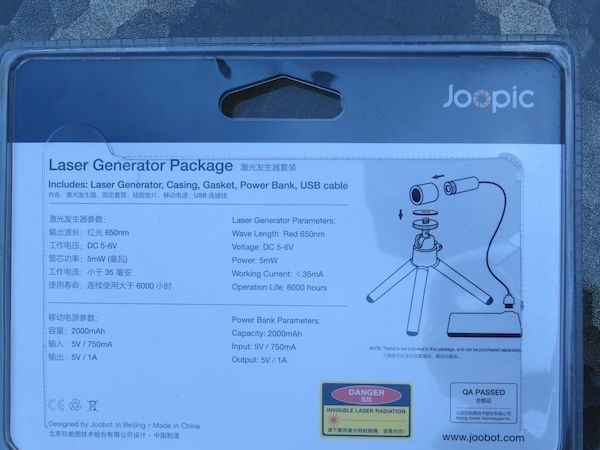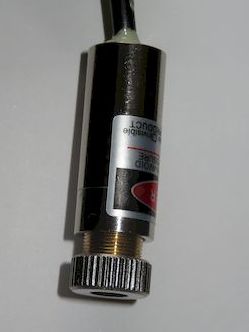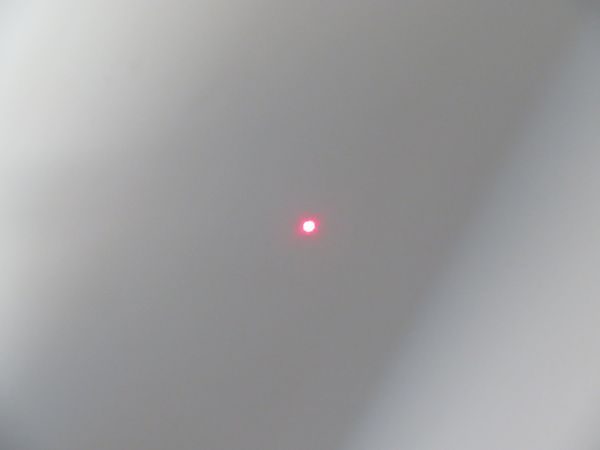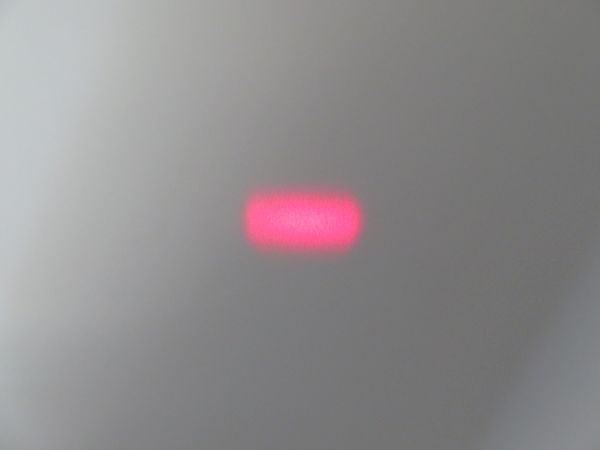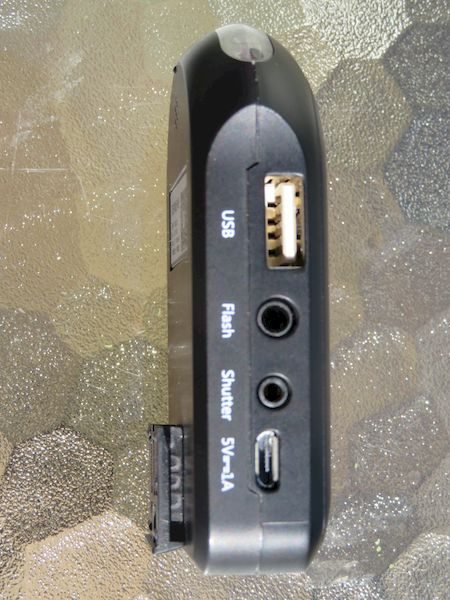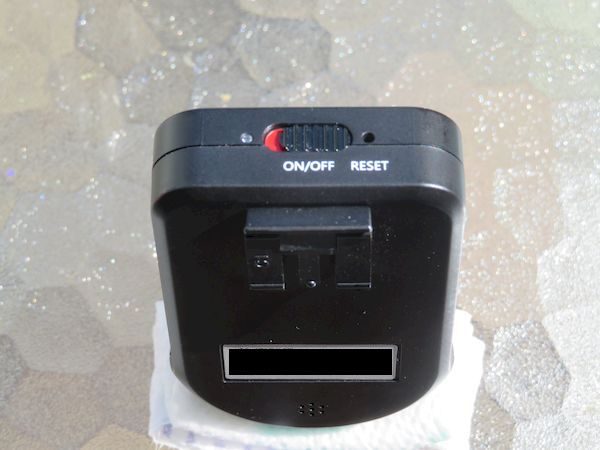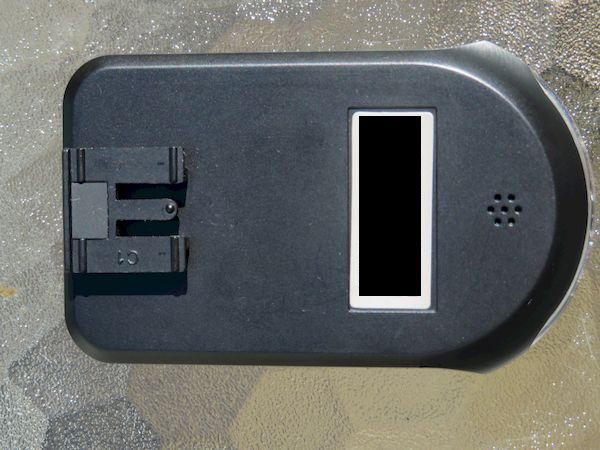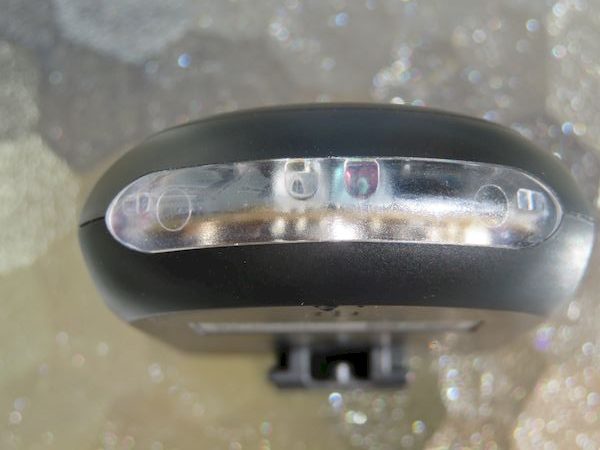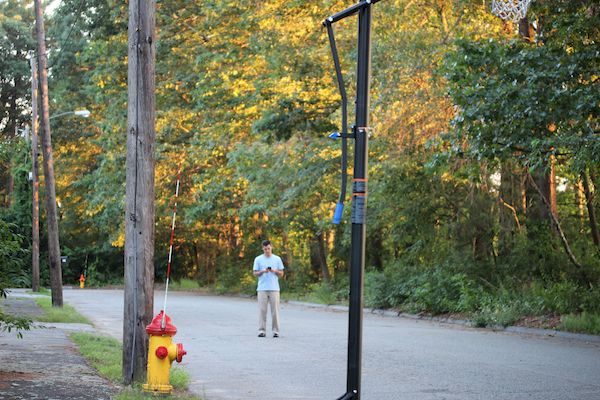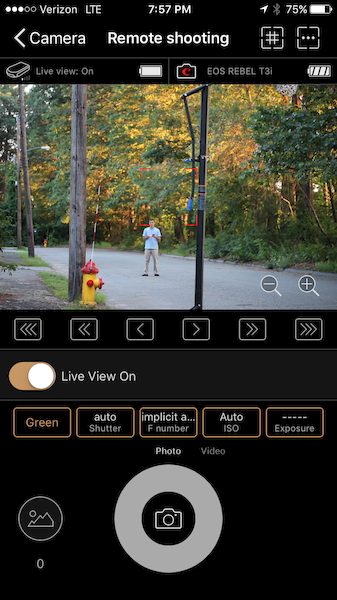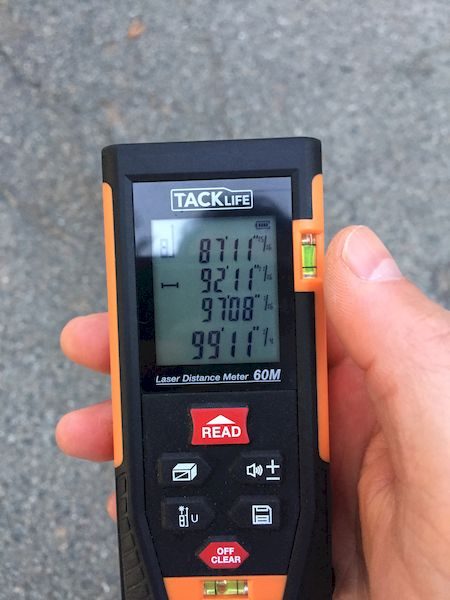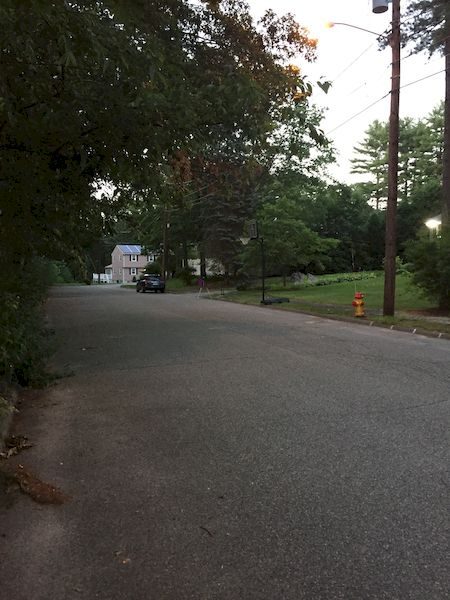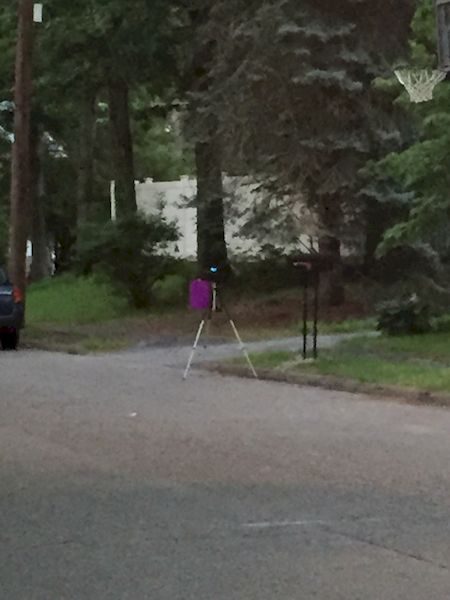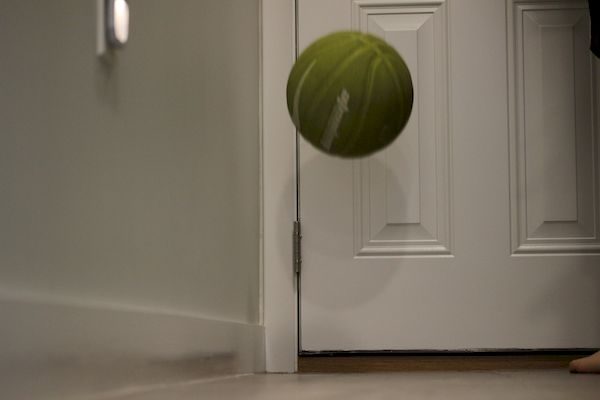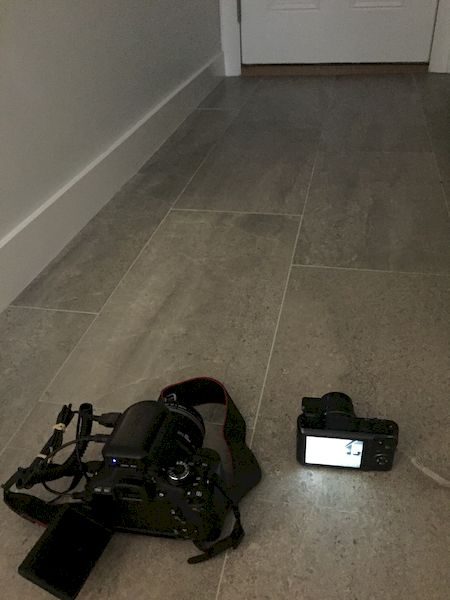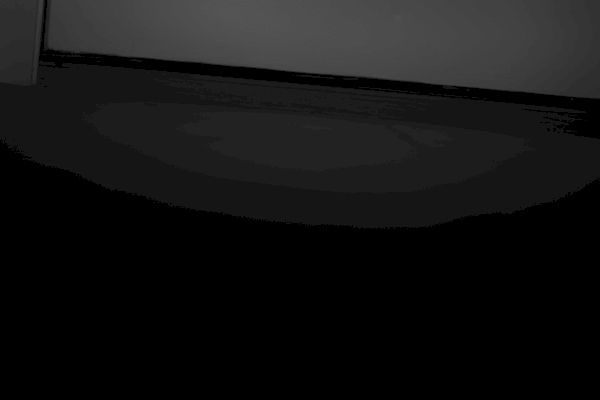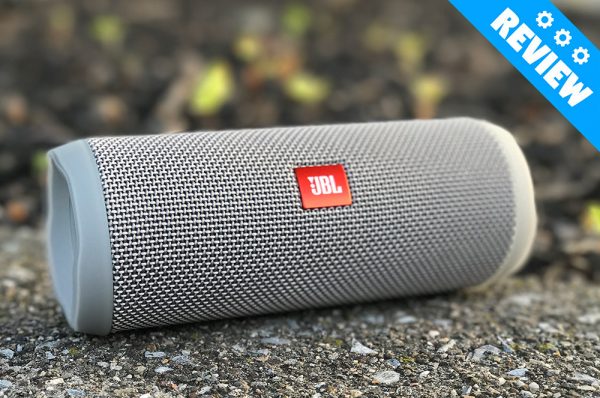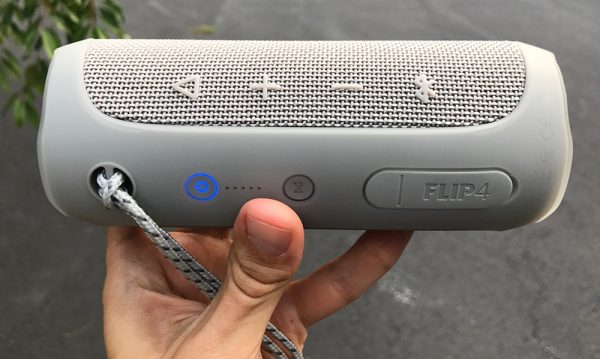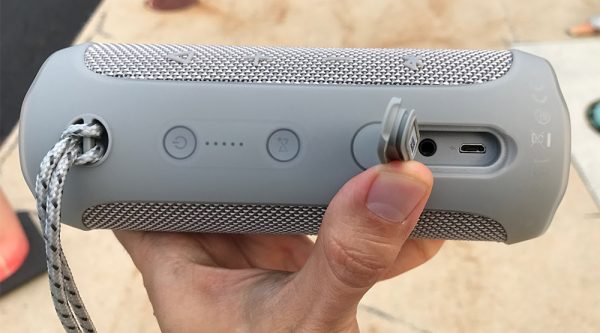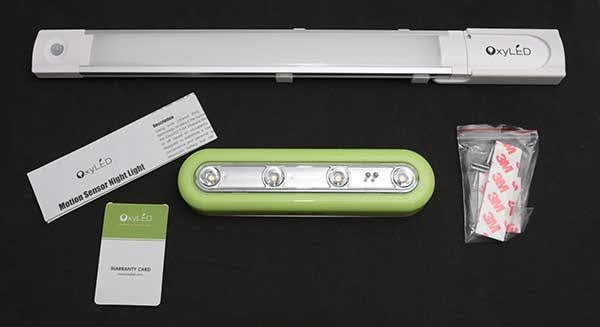
Adding extra light where none exists can be a huge hassle and expense when wiring, and new electrical work is concerned. An easier way is to add easy to install stick up lights like the OxySense T-01 DIY Stick-On Anywhere 4-LED Touch Tap Light and the Motion Sensor Night Light from OxyLED. Let’s check them out.
What is it?
OxyLED lights are easy to install stick up lights that don’t require you to call an electrician or your friend who works construction. Anyone can install these lights including me. All you need is a place that needs some extra light and a flat surface to stick them.
OxyLED sent me two lights. One runs on regular batteries and the other one has a rechargeable battery. Let’s take a look at the OxySense T-01 first.
OxyLED OxySense T-01 DIY Stick-on Anywhere 4-LED Touch Tap Light
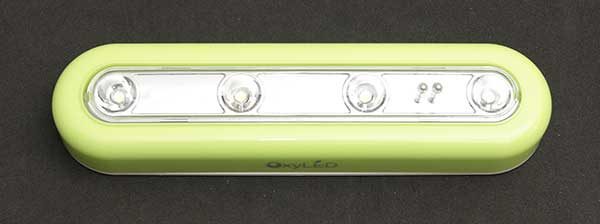
The OxySense T-01 DIY Stick-On Anywhere 4-LED Touch Tap Light which I’ll just call the OxySense from here on out, is a simple light that has 4 LEDs arranged in a horizontal line.
This light has a plastic 6.89 x 1.77in case which is available in a few different colors like the green that you see here.
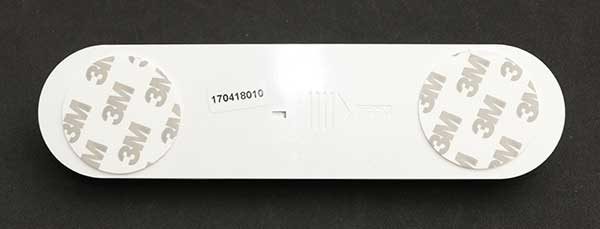
If you flip the light over, you’ll see two 3M adhesive pads which you’ll use to mount this light on a flat clean surface.
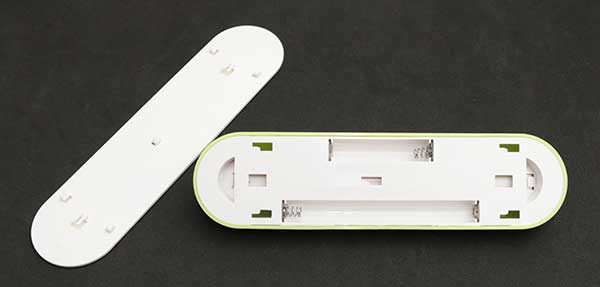
The back slides off to reveal the battery compartment. The OxySense runs on 3 AAA batteries which are not included. There’s also no info on the OxyLED site about how long the batteries should last.
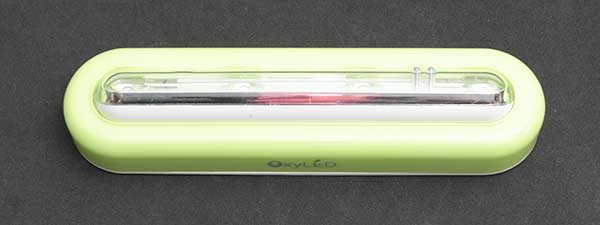
The light bar can rotate 180 degrees so you can direct the light to the right angle. Notice the two small “pegs” that protrude from the light bar on the right side. That’s the touch switch. When you touch that switch with your finger, it will toggle the light on or off.
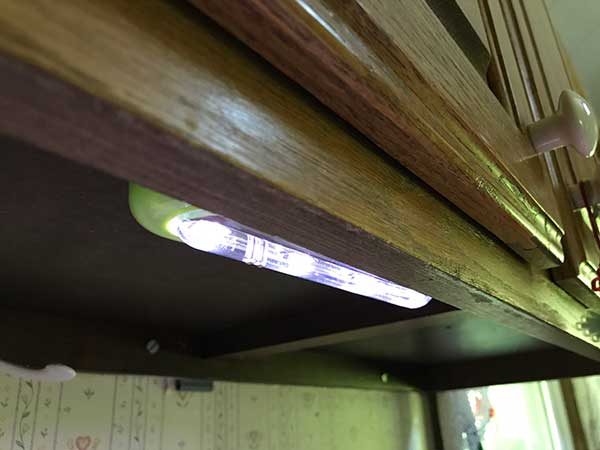
To install the OxySense, you insert 3 AAA batteries in the battery compartment, replace the battery cover, peel the covering off the 3M stickers and then press the light to a flat surface. As you can see from the image above, I’ve mounted the light under a cabinet in my kitchen.
How bright are the LEDs? Check out the photos above. The photo on the left shows the OxySense turned off and the photo on the right shows the OxySense with the light turned on. Drastic difference? I don’t think so. Actually, the only reason you can tell that the light is on in the images above is that it was a gloomy day when I took them. If I turn on the overhead light in the kitchen and then turn on the OxySense light, you can barely tell it’s on.
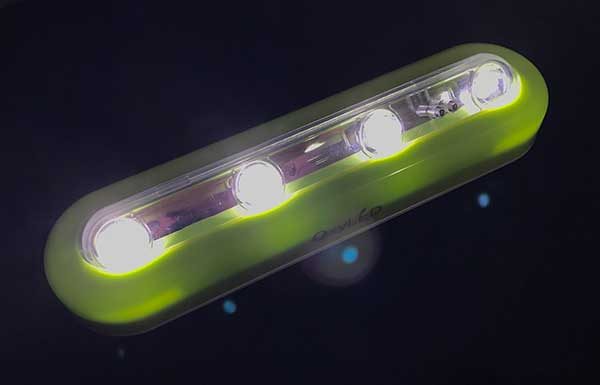
This light is only good for really dark areas. It’s not going to offer much in the way of additional lighting for an area that already has medium bright lighting.
Price: $8.99 from Amazon.
OxyLED T-04 Motion Sensor Night Light

I was more interested in reviewing the T-04 Motion Sensor Night Light than the OxySense T-01 because the Motion Sensor Night Light has a rechargeable battery, multiple ways to mount it and it’s motion activated, which means you don’t have to flip a switch to turn on the light.
The bar shaped light is 15.8 x 1.5 x 0.7 inches and comes in white.

The light comes with several ways to mount it. One way to mount it is with the small magnets on the back that will let you stick the light to a flat steel surface.
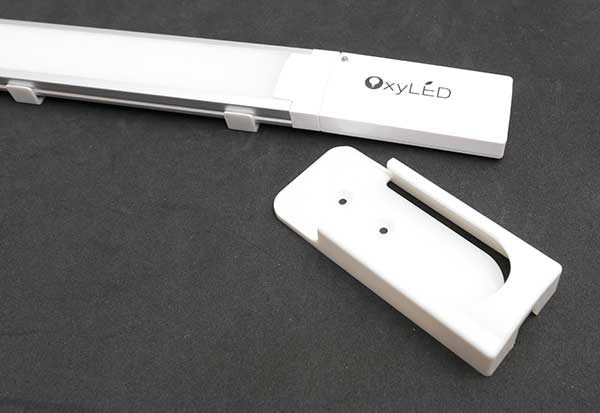
There’s also a vertical plastic clip that you can attach with screws on the included adhesive strip.
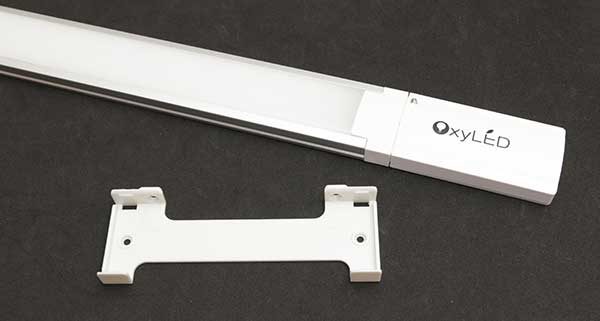
There’s also a horizontal bracket that you can also mount using screws or the adhesive strips.
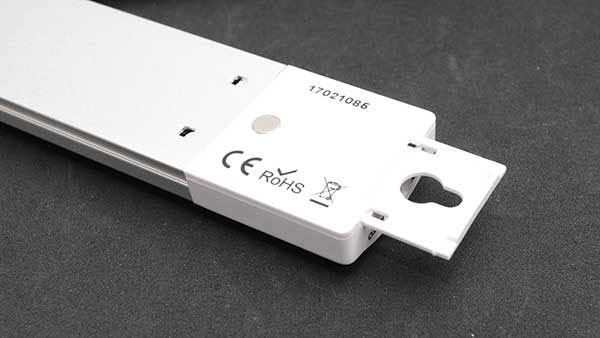
Another way to mount the OxyLED T-04 Motion Sensor Light is with the slide out hang tab.
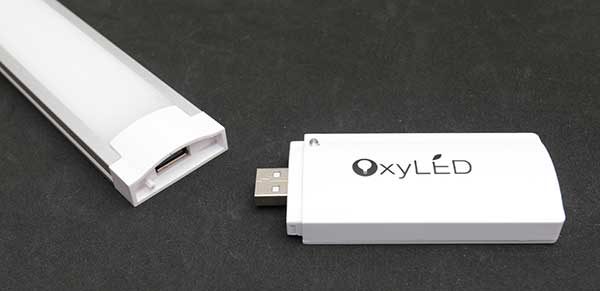
You won’t need to search around for batteries to power this stick-up light because it has a built-in rechargeable battery. To charge it, you detach the battery pack from the end of the light and then plug it into a USB port on your computer or into a USB charging adapter.
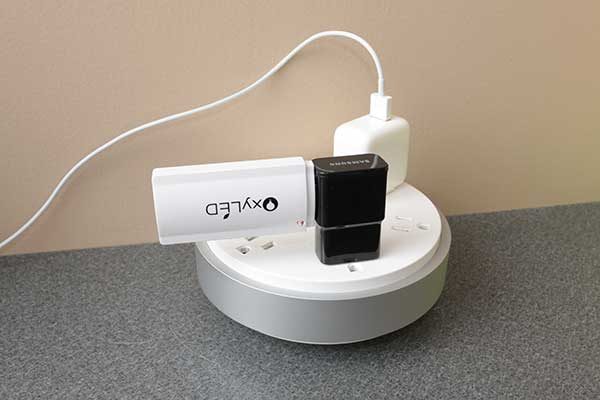
It can take up to 3hrs to fully charge the 900mAh battery pack. An LED on the front will glow red while charging and will turn off once charging has finished.
A full charge will provide up to 4 hours of light. Take into consideration that you’ll probably not turn the light on for that full time… although you can.
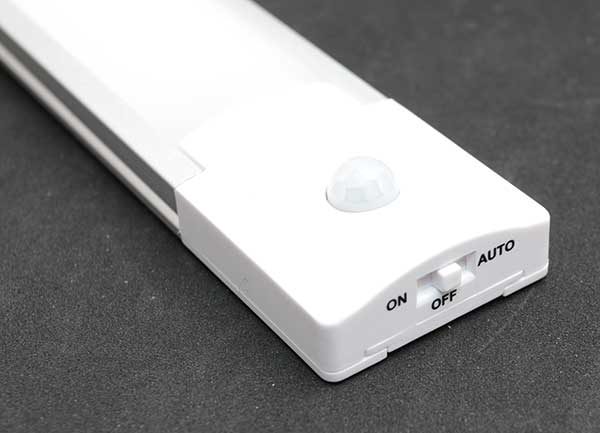
Most people will probably use the light’s motion switch and only light it when motion is detected like when the door to a dark closet is opened.
The switch on the end of the light has 3 settings that you can use to control the behavior of the light. Of means it won’t light at all. On means it’s always on and Auto means it will light up when it detects motion and will turn off after 20 seconds of inactivity.
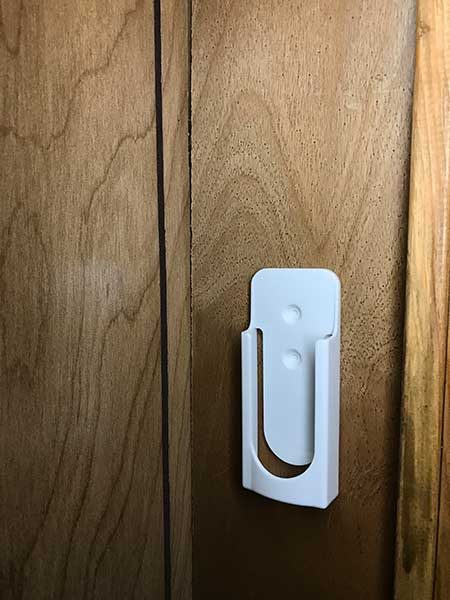
A dark closet is where I decided to mount the OxyLED Motion Sensor Light using the vertical clip.
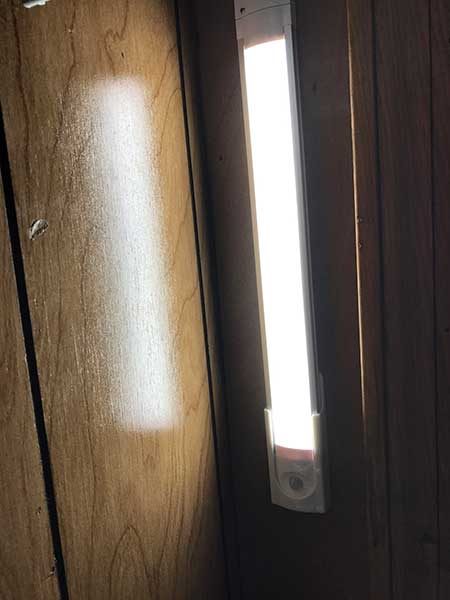
The light has 25 cool white LEDs that put out a decent amount of light. How much light?
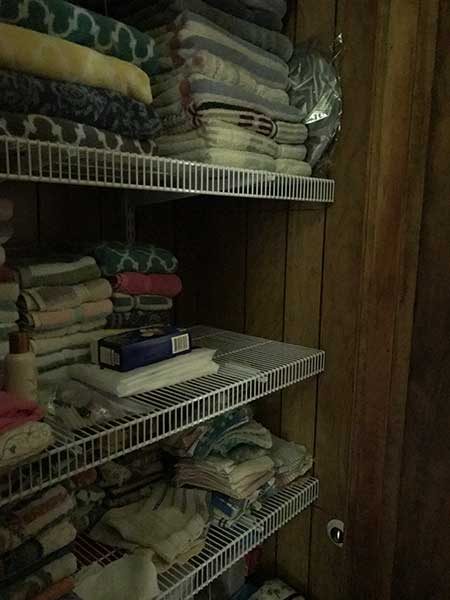
Here’s my hall closet with the T-04 turned off.
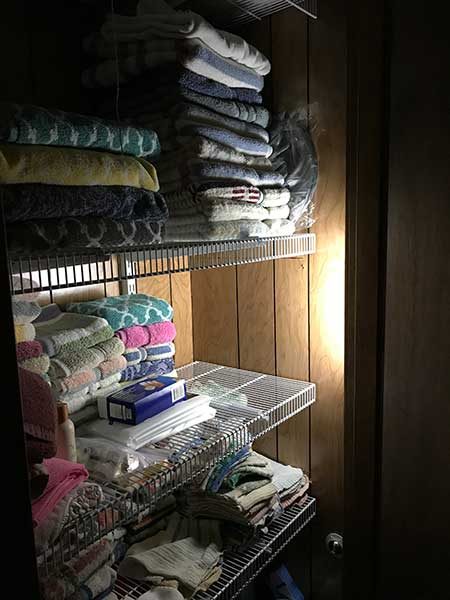
And here it is with the light turned on.
Although it’s twice as expensive, I like the OxyLED T-04 Motion Sensor Night Light a lot more than the OxySense T-01 light. With the T-04 you don’t have to worry about feeding it batteries and it turns off and on automatically.
Price: $19.99 from Amazon.
Final thoughts
OxyLED stick up lights are easy to install and use. I recommend the T-04 Motion Sensor Night Light. But the T-01 OxySense would work fine in a dark closet as long as you don’t forget to turn it off when you’re done.
Source: The sample for this review was provided by OxyLED. Please visit their site for more info and Amazon to order.
Product Information
| Price: | $8.99 – $19.99 |
| Manufacturer: | Oxyled |
| Retailer: | Amazon |
| Pros: |
|
| Cons: |
|
Filed in categories: Reviews
Tagged: LED lighting
OxyLED stick-on lights review originally appeared on The Gadgeteer on July 18, 2017 at 5:21 pm.
Note: If you are subscribed to this feed through FeedBurner, please switch to our native feed URL http://the-gadgeteer.com/feed/ in order to ensure continuous delivery.



